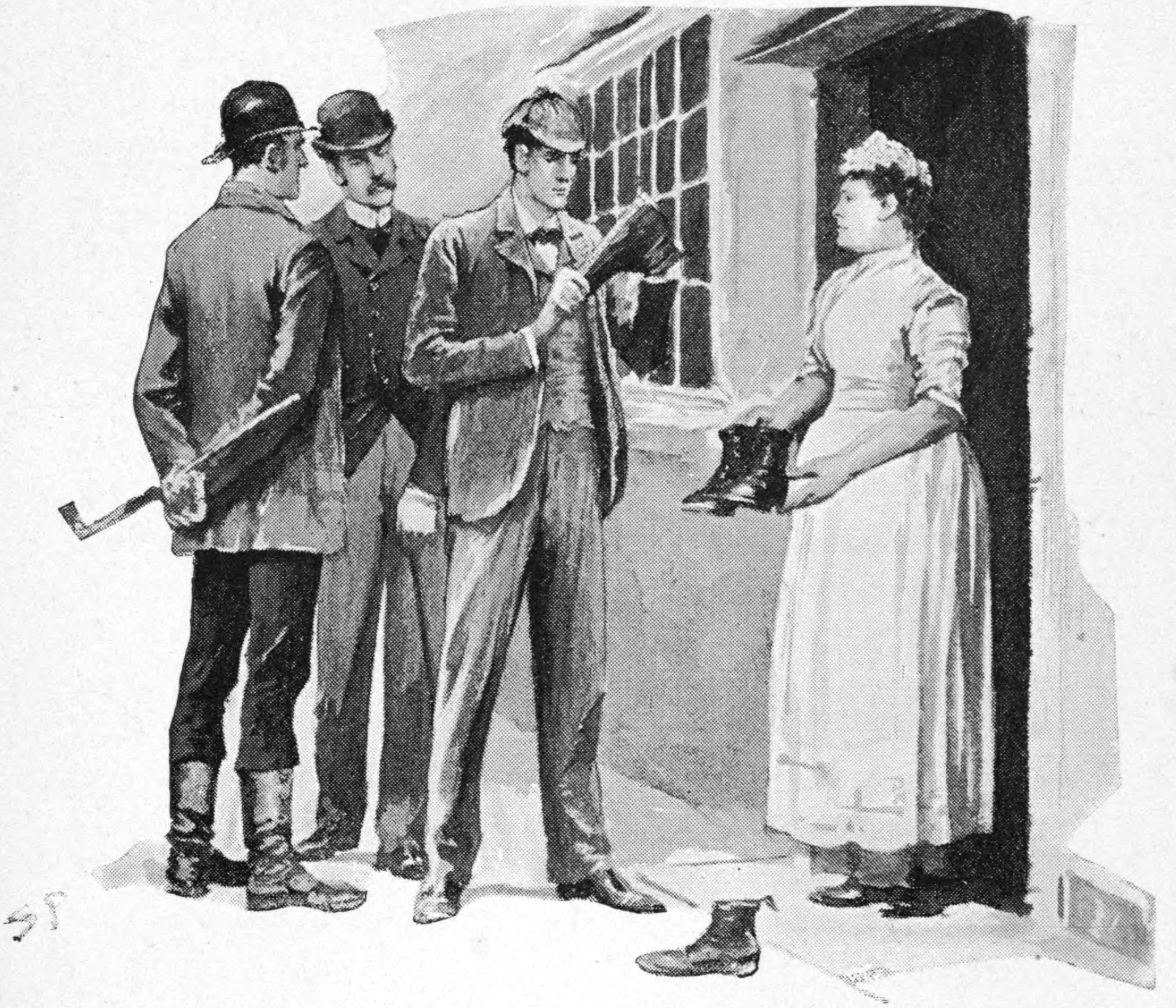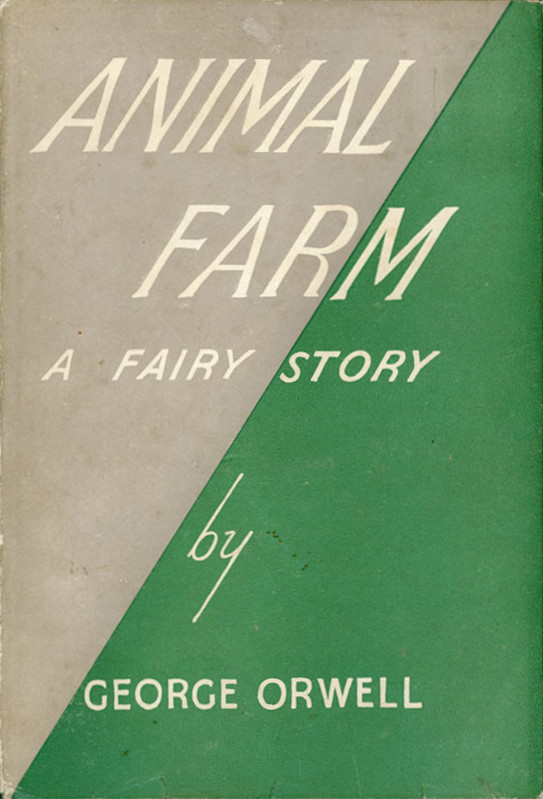|
The Curse Of The Bronze Lamp
''The Curse of the Bronze Lamp'' (also published as ''Lord of the Sorcerers'') is a mystery novel by the American writer John Dickson Carr, who published it under the name of Carter Dickson. It is a locked room mystery The "locked-room" or "impossible crime" mystery is a type of crime seen in crime and detective fiction. The crime in question, typically murder ("locked-room murder"), is committed in circumstances under which it appeared impossible for the perpetr ... or, more properly, a subset of that category known as an "impossible crime", and features the series detective Sir Henry Merrivale. Carr considered this one of his best impossible crime novels. Plot summary Lady Helen Loring does not believe in the ancient Egyptian curse associated with an ancient artifact, a bronze lamp that is a gift from the Egyptian government. It comes from a tomb that Helen and her father, Lord Severn, helped excavate. In defiance of the dire predictions of an Egyptian soothsayer, she brings ... [...More Info...] [...Related Items...] OR: [Wikipedia] [Google] [Baidu] |
John Dickson Carr
John Dickson Carr (November 30, 1906 – February 27, 1977) was an American author of detective stories, who also published using the pseudonyms Carter Dickson, Carr Dickson, and Roger Fairbairn. He lived in England for a number of years, and is often grouped among "British-style" mystery writers. Most (though not all) of his novels had English settings, especially country villages and estates, and English characters. His two best-known fictional detectives ( Dr. Gideon Fell and Sir Henry Merrivale) were both English. Carr is generally regarded as one of the greatest writers of so-called "Golden Age" mysteries; complex, plot-driven stories in which the puzzle is paramount. He was influenced in this regard by the works of Gaston Leroux and by the Father Brown stories of G. K. Chesterton. He was a master of the so-called locked room mystery, in which a detective solves apparently impossible crimes. The Dr. Fell mystery '' The Hollow Man'' (1935), usually considered Carr's masterp ... [...More Info...] [...Related Items...] OR: [Wikipedia] [Google] [Baidu] |
Sir Henry Merrivale
Sir Henry Merrivale is a fictional amateur detective created by "Carter Dickson", a pen name of John Dickson Carr (1906–1977). Also known as "the Old Man," by his initials "H. M." (a pun on "His Majesty"), or "the Maestro", Merrivale appears in 22 of Carr's locked-room mysteries and "impossible crime" novels of the 1930s, 1940s, and 1950s, as well as in two short stories. Character Merrivale is a fairly serious character in the early novels but is more of a comic figure in the later books, sometimes bordering on the grotesque. Much of the humor surrounding the character derives from his outbursts of temper and his absurdly colourful language. When first introduced as a character, he is described as an older man nearing retirement. In later works, he talks explicitly about his age. In the 1940 novel ''And So to Murder'', set in late 1939, Merrivale refers to himself as being almost 70. In the 1941 novel ''Seeing is Believing'', while dictating his memoirs, he even gives his dat ... [...More Info...] [...Related Items...] OR: [Wikipedia] [Google] [Baidu] |
Mystery Fiction
Mystery is a genre fiction, fiction genre where the nature of an event, usually a murder or other crime, remains wiktionary:mysterious, mysterious until the end of the story. Often within a closed circle of suspects, each suspect is usually provided with a credible motive and a reasonable opportunity for committing the crime. The central character is often a detective (such as Sherlock Holmes), who eventually solves the mystery by logical deduction from facts presented to the reader. Some mystery books are non-fiction. Mystery fiction can be detective stories in which the emphasis is on the puzzle or suspense element and its logical solution such as a whodunit. Mystery fiction can be contrasted with hardboiled detective stories, which focus on action and gritty realism. Mystery fiction can involve a supernatural mystery in which the solution does not have to be logical and even in which there is no crime involved. This usage was common in the pulp magazines of the 1930s and 1940s ... [...More Info...] [...Related Items...] OR: [Wikipedia] [Google] [Baidu] |
Detective Fiction
Detective fiction is a subgenre of crime fiction and mystery fiction in which an investigator or a detective—whether professional, amateur or retired—investigates a crime, often murder. The detective genre began around the same time as speculative fiction and other genre fiction in the mid-nineteenth century and has remained extremely popular, particularly in novels. Some of the most famous heroes of detective fiction include C. Auguste Dupin, Sherlock Holmes, and Hercule Poirot. Juvenile stories featuring The Hardy Boys, Nancy Drew, and The Boxcar Children have also remained in print for several decades. History Ancient Some scholars, such as R. H. Pfeiffer, have suggested that certain ancient and religious texts bear similarities to what would later be called detective fiction. In the Old Testament story of Susanna and the Elders (the Protestant Bible locates this story within the apocrypha), the account told by two witnesses broke down when Daniel cross-examines th ... [...More Info...] [...Related Items...] OR: [Wikipedia] [Google] [Baidu] |
William Morrow And Company
William Morrow and Company is an American publishing company founded by William Morrow in 1926. The company was acquired by Scott Foresman in 1967, sold to Hearst Corporation in 1981, and sold to News Corporation News Corporation (abbreviated News Corp.), also variously known as News Corporation Limited, was an American multinational mass media corporation controlled by media mogul Rupert Murdoch and headquartered at 1211 Avenue of the Americas in Ne ... (now News Corp) in 1999. The company is now an imprint of HarperCollins. William Morrow has published many fiction and non-fiction authors, including Ray Bradbury, Michael Chabon, Beverly Cleary, Neil Gaiman, Erle Stanley Gardner, B. H. Liddell Hart, Elmore Leonard, Steven D. Levitt, Steven Pinker, Judith Rossner, and Neal Stephenson. Francis Thayer Hobson was president and later chairman of the board of William Morrow and Company. Morrow authors * Christopher Andersen * Harriet Brown * Karin Slaughter * Harry Browne ... [...More Info...] [...Related Items...] OR: [Wikipedia] [Google] [Baidu] |
Heinemann (book Publisher)
William Heinemann Ltd., with the imprint Heinemann, was a London publisher founded in 1890 by William Heinemann. Their first published book, 1890's ''The Bondman'', was a huge success in the United Kingdom and launched the company. He was joined in 1893 by Sydney Pawling. Heinemann died in 1920 and Pawling sold the company to Doubleday, having worked with them in the past to publish their works in the United States. Pawling died in 1922 and new management took over. Doubleday sold his interest in 1933. Through the 1920s, the company was well known for publishing works by famous authors that had previously been published as serials. Among these were works by H. G. Wells, Rudyard Kipling, W. Somerset Maugham, George Moore, Max Beerbohm, and Henry James, among others. This attracted new authors to publish their first editions with the company, including Graham Greene, Edward Upward, J.B. Priestley and Vita Sackville-West. Throughout, the company was also known for its classics an ... [...More Info...] [...Related Items...] OR: [Wikipedia] [Google] [Baidu] |
1945 In Literature
This article contains information about the literary events and publications of 1945. Events *January – In Paris, journalist and poet Robert Brasillach is tried and found guilty of "intelligence with the (German) enemy" during World War II, sparking a major dispute in French society over collaboration and clemency. *c. January 1 – Jean-Paul Sartre refuses the Légion d'honneur. *January 27 – Primo Levi is among those liberated from the Auschwitz concentration camp complex. *February – Aleksandr Solzhenitsyn is sentenced to eight years in a labour camp for criticizing Joseph Stalin. *February 13– 15 – The bombing of Dresden in World War II is seen by the German Jewish diarist Victor Klemperer, the novelist Kurt Vonnegut as an American prisoner of war, and Miles Tripp as a British bomb aimer. It will feature in Józef Mackiewicz's novel ''Sprawa pulkownika Miasojedowa'' (Colonel Miasoyedov's Case, 1962), Bohumil Hrabal's ''Ostře sledované vlaky'' (''Closely Observe ... [...More Info...] [...Related Items...] OR: [Wikipedia] [Google] [Baidu] |
He Wouldn't Kill Patience
''He Wouldn't Kill Patience'' is a mystery novel by the American writer John Dickson Carr, who published it under the name of Carter Dickson. It is a locked room mystery and features the series detective Sir Henry Merrivale and his long-time associate, Scotland Yard's Chief Inspector Humphrey Masters. Plot summary The Dell mapback Mapback is a term used by paperback collectors to refer to the earliest paperback books published by Dell Books, beginning in 1943. The books are known as mapbacks because the back cover of the book contains a map that illustrates the location ... edition of 1950 is subtitled "Murder in the Zoo". Edward Benton, director of the Royal Albert Zoological Gardens, is worried about what the year 1941 will bring to his beloved collection of snakes and reptiles; it seems as if they will be destroyed, at the request of the Department of Home Security, to prevent poisonous snakes from escaping in the case of an air raid. Nevertheless, he is still making ... [...More Info...] [...Related Items...] OR: [Wikipedia] [Google] [Baidu] |
My Late Wives
''My Late Wives'' is a mystery novel by the American writer John Dickson Carr John Dickson Carr (November 30, 1906 – February 27, 1977) was an American author of detective stories, who also published using the pseudonyms Carter Dickson, Carr Dickson, and Roger Fairbairn. He lived in England for a number of years, and is ..., who published it under the name of Carter Dickson. It is a whodunnit featuring the series detective Sir Henry Merrivale and his long-time associate, Scotland Yard's Chief Inspector Humphrey Masters. Plot summary Roger Bewlay is a murderer; the British police are sure he's a murderer, and so is noted detective and explainer of the impossible, Sir Henry Merrivale. Bewlay has married at least four women who promptly vanish on their honeymoons. Unfortunately, Bewlay himself has also vanished. Years later, a well-known actor receives the script of a play about Roger Bewlay from an anonymous source, which he determines to produce and in which he will sta ... [...More Info...] [...Related Items...] OR: [Wikipedia] [Google] [Baidu] |
Locked Room Mystery
The "locked-room" or "impossible crime" mystery is a type of crime seen in crime and detective fiction. The crime in question, typically murder ("locked-room murder"), is committed in circumstances under which it appeared impossible for the perpetrator to enter the crime scene, commit the crime, and leave undetected. The crime in question typically involves a situation whereby an intruder could not have left; for example the original literal "locked room": a murder victim found in a windowless room locked from the inside at the time of discovery. Following other conventions of classic detective fiction, the reader is normally presented with the puzzle and all of the clues, and is encouraged to solve the mystery before the solution is revealed in a dramatic climax. The ''prima facie'' impression of seeing a locked room crime is that the perpetrator is a dangerous, supernatural entity capable of defying the laws of nature by walking through walls or vanishing into thin air. The need ... [...More Info...] [...Related Items...] OR: [Wikipedia] [Google] [Baidu] |
1945 American Novels
1945 marked the end of World War II and the fall of Nazi Germany and the Empire of Japan. It is also the only year in which nuclear weapons have been used in combat. Events Below, the events of World War II have the "WWII" prefix. January * January 1 – WWII: ** Germany begins Operation Bodenplatte, an attempt by the ''Luftwaffe'' to cripple Allied air forces in the Low Countries. ** Chenogne massacre: German prisoners are allegedly killed by American forces near the village of Chenogne, Belgium. * January 6 – WWII: A German offensive recaptures Esztergom, Hungary from the Russians. * January 12 – WWII: The Soviet Union begins the Vistula–Oder Offensive in Eastern Europe, against the German Army. * January 13 – WWII: The Soviet Union begins the East Prussian Offensive, to eliminate German forces in East Prussia. * January 16 – WWII: Adolf Hitler takes residence in the '' Führerbunker'' in Berlin. * January 17 ** WWII: The Soviet Union occupies Warsa ... [...More Info...] [...Related Items...] OR: [Wikipedia] [Google] [Baidu] |
Novels By John Dickson Carr
A novel is a relatively long work of narrative fiction, typically written in prose and published as a book. The present English word for a long work of prose fiction derives from the for "new", "news", or "short story of something new", itself from the la, novella, a singular noun use of the neuter plural of ''novellus'', diminutive of ''novus'', meaning "new". Some novelists, including Nathaniel Hawthorne, Herman Melville, Ann Radcliffe, John Cowper Powys, preferred the term "romance" to describe their novels. According to Margaret Doody, the novel has "a continuous and comprehensive history of about two thousand years", with its origins in the Ancient Greek and Roman novel, in Chivalric romance, and in the tradition of the Italian renaissance novella.Margaret Anne Doody''The True Story of the Novel'' New Brunswick, NJ: Rutgers University Press, 1996, rept. 1997, p. 1. Retrieved 25 April 2014. The ancient romance form was revived by Romanticism, especially the historica ... [...More Info...] [...Related Items...] OR: [Wikipedia] [Google] [Baidu] |






